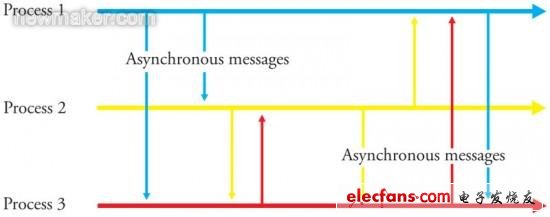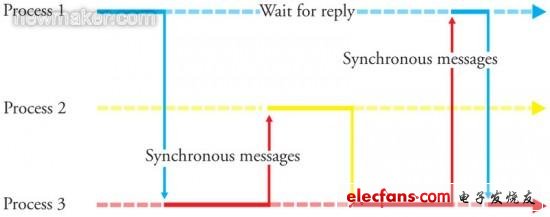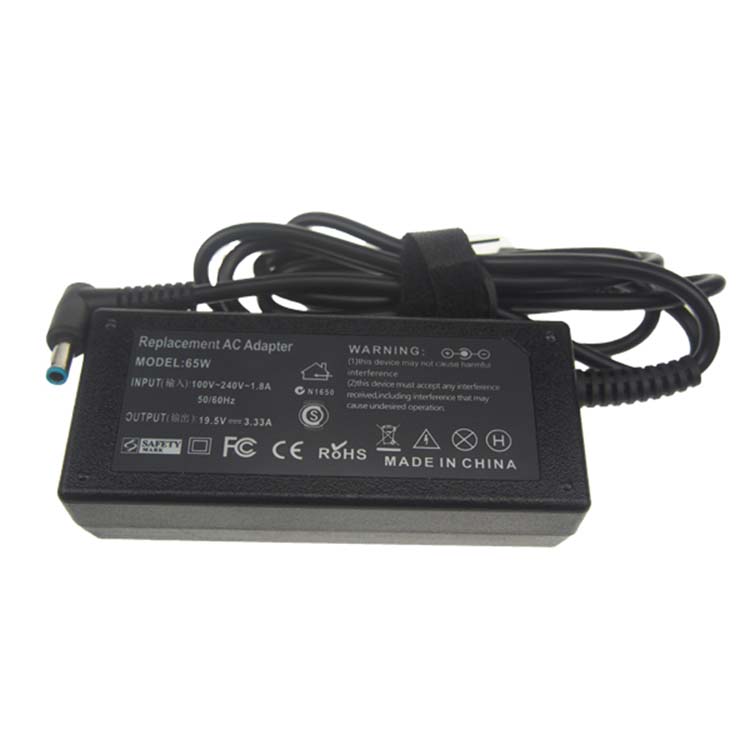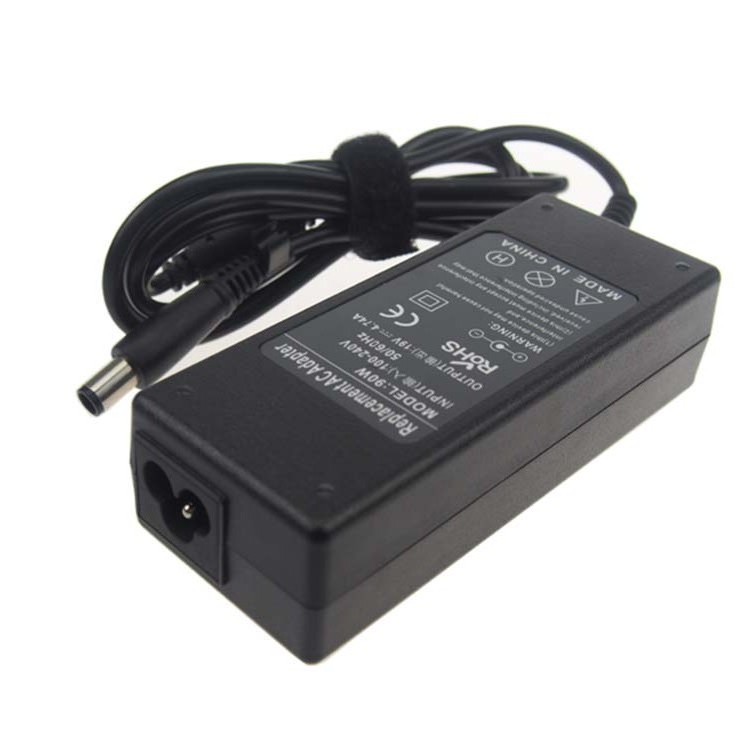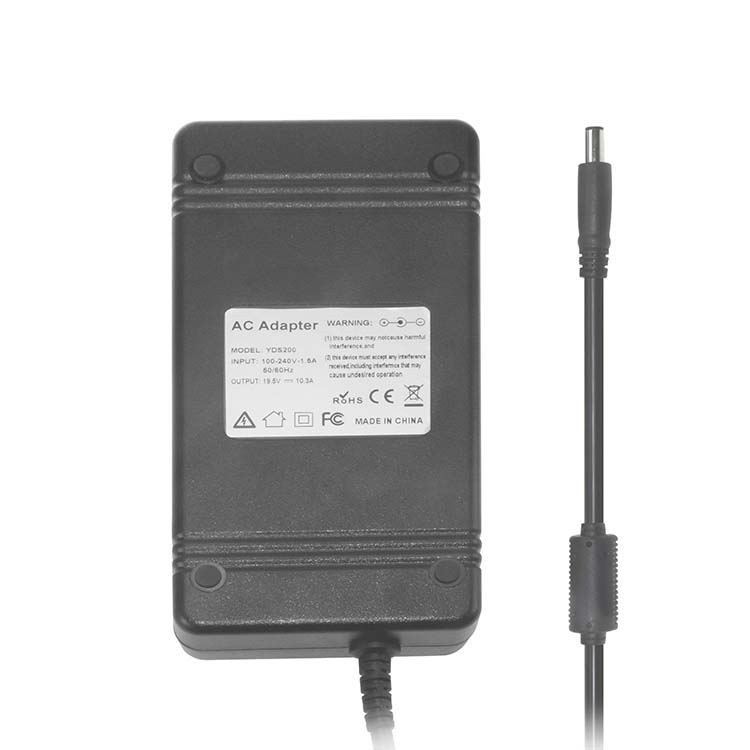The core tip of the electronic enthusiast network: The design, development and preparation of an electronic medical device may take more time, effort and cost than consumer-grade devices with the same technical complexity. In addition to general development and approval requirements, medical devices also have strict functional safety and certification requirements. These requirements mean that medical devices have a strictly defined and managed design, development, and approval environment, and require extensive and meticulous verification of functional safety. Of course, medical devices must obtain relevant certifications from the competent authority of the place where the product is sold and used, such as: FDA 510 (k) pre-market notice, medical device directive (MDD), and other international and national agency certifications. This article describes PPS messaging in medical data aggregators and publishers (QNX Medical Demo). QNX Medical Demonstration (MD) integrates a sphygmomanometer, spirometer, pulse oximeter, electrocardiogram and insulin pump in a portable demonstration application. These devices are connected to QNX Continua Interoperability Manager and communicate with Qt HMI using QNX PPS messaging. PPS also provides a messaging service for the remote manager to ensure secure Internet communication with cloud-based databases and portable tablets. Since the system with PPS messaging function can easily integrate different components, we can conclude that the PPS messaging function is very suitable for systems like QNX MD applications. Figure 1: QNX MD demo Asynchronous messaging Asynchronous messages are well-known and widely used, so I wo n’t repeat them here. It is an optional solution for many systems, but some of its characteristics make it difficult to be an ideal solution for systems that require the integration of a large number of devices and software. Figure 2: Using asynchronous messaging, the process does not have to wait for the reply from the target receiving process For the messaging model of complex medical devices, it is worth noting that asynchronous messaging is a low-end solution-it pushes the burden of error handling, end-to-end semantics, and buffer management to the application level. Therefore, architects must design one or more protocols when designing a system that uses an asynchronous messaging model to ensure that messaging is performed correctly in all applications, because they must ensure that these applications can obtain enough under high load conditions. Memory allocation is used for message buffering. In simple systems, completing these tasks may not be too laborious, but for designing or upgrading complex systems, these tasks may pose a daunting challenge. Furthermore, the complex operations they bring to the application-level or application development process will not only affect the design and development process, but also affect the approval of the device, which will affect the device certification. Send / receive / reply Send / receive / reply (or synchronous) messaging is not as common as asynchronous messaging. Its importance is mainly reflected in the real-time environment-many processes must respond to their messages before they can continue to run. In addition, unlike asynchronous messaging, when using send / receive / reply messaging, the system framework will bear the burden of handling message delivery errors and message buffering. Each server communicates directly with its clients, and must know how to respond to all client messages. Synchronous messaging is closely related to the sender and receiver, so changing one software component may require changing other software components, which not only delays or hinders system development, but also exacerbates the system's vulnerability. Figure 3: With synchronous messaging, the process blocks until it receives a reply from the target receiving process In short, if send / receive / reply messaging is used, as the system continues to expand and add different components, the complexity of the system will rapidly increase and become vulnerable, so it is difficult to ensure performance and is extremely important for medical devices The reliability is upgraded and expanded at the same time.
The HP laptop
charger is used to recharge the battery in HP notebook and to
provide dependable power for operating the notebook for long periods of time.
If the original power charger fails, a replacement AC power
charger is necessary, and you can buy all kinds of the HP replacement Laptop Charger from YIDASHUN.
HP/Compaq laptop include hp chromebook
series, hp pavilion series, hp envy series, hp eliteBook series, hp stream series
and so on. Different specifications of laptop charger
Adapter is suitable for different
laptop model. Such as 90W 19.5V 4.62A with 4.5*3.0 dc tip, it applies for the HP
Touchsmart Sleekbook 15 17 M6 M7 Series; HP Pavilion 11 14 15 17, HP Stream 11
13 14 etc. The common HP laptop charger specification has 30W 19V 1.58A,
65W 18.5V 3.5A, 90W 19V 4.74A etc, and the dc tip has common 5.5*2.5mm,
4.8*1.7mm, 7.4*5.0mm and 4.5*3.0mm etc. Also YIDASHUN can produce new usb type c
laptop adapter, there are 20W, 45W
and 65W.
Yidahsun's laptop adapter are with smart IC to protect
your laptop with over current protection, over load protection, short circuit
protection and over heat protection!
All Yidashun hp computer charger is Brand New Replacement Product, works as Genuine parts, 100% OEM Compatible!!
HP Laptop Charger,Compaq Laptop Charger,HP Notebook Charger,HP Computer Charger Shenzhen Yidashun Technology Co., Ltd. , https://www.ydsadapter.com
